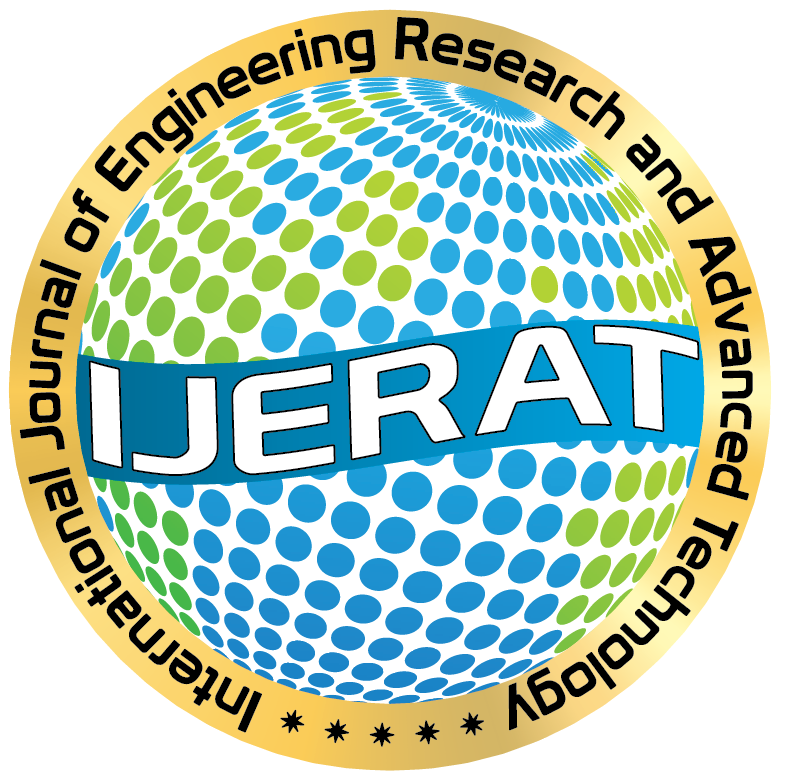Modeling of Peak value in Cylinder Firing Pressure in Diesel Engines using Artificial Neural Network Methodology
DOI:
https://doi.org/10.31695/IJERAT.2019.3429Keywords:
Diesel Engines, Artificial Neural Networks, Peak Firing Pressure In Cylinder, Experimental Study, Engine CalibrationAbstract
From the past to the present, restrictions have been imposed on emissions due to the widespread use of internal combustion engines and the environmental damage caused by emissions. Engine manufacturers perform calibration studies by affecting the fuel-air parameters through the engine control unit to ensure emission limits. The maximum pressure due to the inside of the cylinder is called the maximum pressure inside the cylinder. In order for the engine to work properly, there is a cylindrical pressure resistance due to the material strength. When performing calibration work, the maximum pressure inside the cylinder should be monitored and maintained within the strength limits. In-cylinder pressure sensors are used in the in-cylinder pressure monitoring. Because the pressure sensors are exposed to high pressure (more than 200 bar or more in heavily heated), the values they read can be reduced or distorted. In this study, 6 different the artificial neural network (ANN) model design was created and trained with 2400 test points obtained from engine dynamometers system. Then these networks are tested again with 60 unused test points which are not used during training phases. Then the results are analyzed in terms of peak firing pressure difference. The research results showed that 2 neurons ANN system is best ANN system capable of predicting peak firing pressure within 1.7 bar average difference to measured data.










